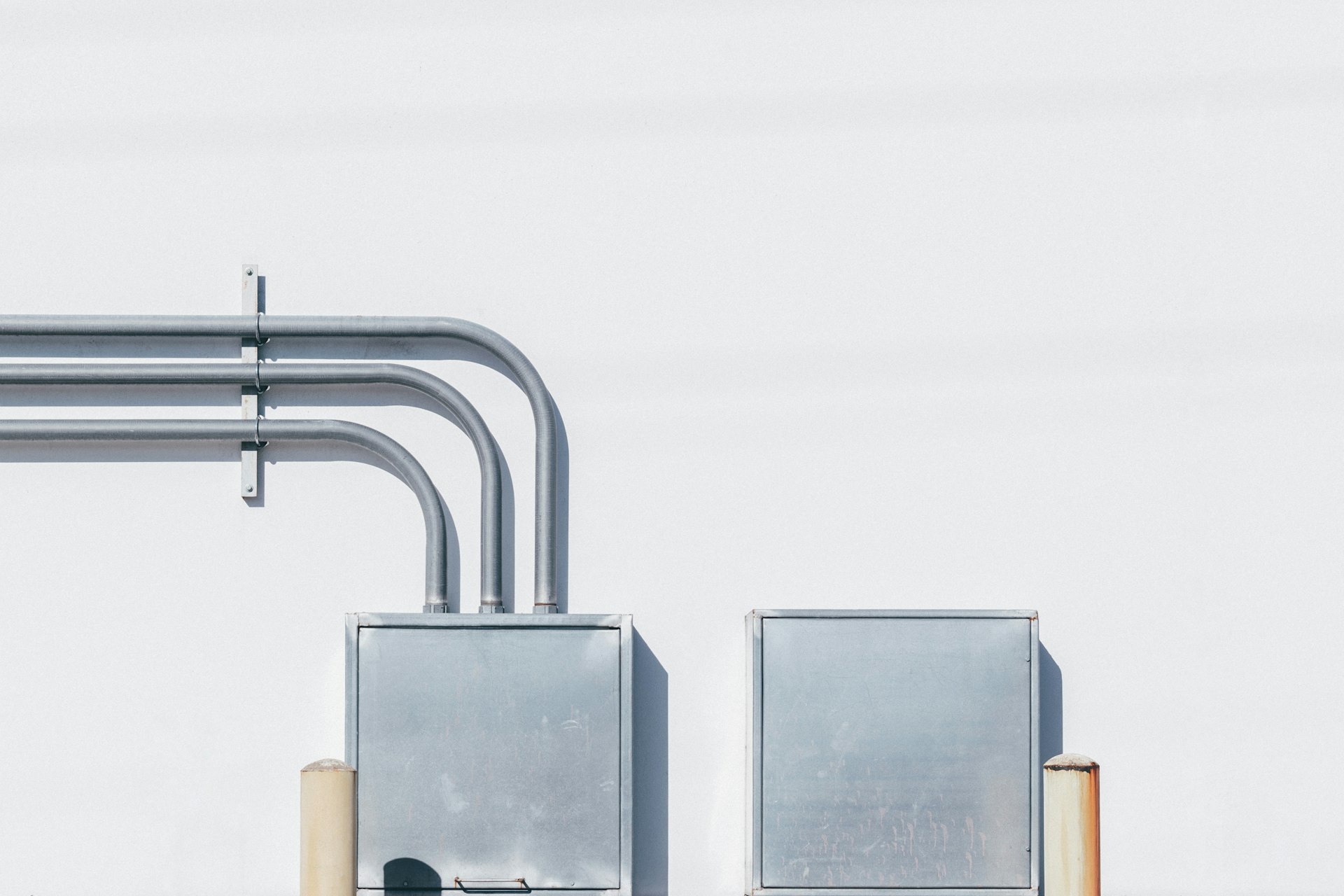DIY Artificial Turf Installation: Step-by-Step Guide for a Lush, Low-Maintenance Lawn

Photo by Zineb Fafa on Unsplash
Introduction
Artificial turf has become a popular choice for homeowners and property managers seeking a lush, green lawn with minimal maintenance. Whether you’re looking to enhance curb appeal, reduce water usage, or create a play area for kids and pets, installing artificial turf can be an effective solution. While some choose to hire professionals, many find that with the right preparation, materials, and guidance, a do-it-yourself (DIY) approach yields excellent results and significant cost savings. This guide provides a comprehensive, step-by-step overview of how to successfully install artificial turf, drawing on best practices and expert insights to ensure your project is a success. [1] [2]
Planning and Preparation
Before beginning your artificial turf installation, careful planning is essential. Start by measuring the area where you intend to install the turf. Accurate measurements prevent material shortages or surplus and help you estimate costs. It’s also important to check with your homeowners association (HOA) or local authorities to confirm that artificial turf is permitted in your neighborhood. Some HOAs or municipalities have specific rules regarding landscaping modifications. [1]
Next, gather all necessary materials and tools. These may include:
- Artificial turf rolls (ensure enough for your measured area)
- Weed barrier fabric
- Gravel or crushed stone (aggregate)
- Sand (for additional leveling, if needed)
- Landscape border (optional for defined edges)
- Utility knife or carpet cutter
- Rake, shovel, and tamper or plate compactor
- Seaming tape and turf adhesive (for joining multiple pieces)
- Galvanized nails or landscape staples
- Infill sand (to weigh down and support turf blades)
Always call 811 or your local utility notification center before any digging to avoid damaging underground utilities. [1]
Step 1: Removing Existing Lawn and Preparing the Base
Begin by removing all existing grass, weeds, roots, mulch, and debris from your installation area. Dig down to a depth of 2-2.5 inches to allow space for the base materials. Never lay artificial turf over existing grass as it can cause drainage problems, promote weed growth, and result in an uneven surface. [1]
Once cleared, lay a weed barrier fabric over the area. This helps prevent weed growth while allowing for drainage. Overlap seams and secure the barrier with landscape staples or galvanized nails every few feet. [1]
Step 2: Creating a Solid Foundation
For a stable, well-drained base, add a 2-4 inch layer of aggregate such as gravel or crushed stone. Rake the material evenly, then use a tamper or plate compactor to pack it down. Proper compaction is crucial-soft spots can lead to uneven turf and pooling water. A thin layer of leveling sand (about 1 inch) can be added on top for extra smoothness and contouring, especially in areas with uneven terrain. [3]
After compacting, lightly water the base to further settle the materials, but be careful not to overwater, which can cause slumping. [2]
Example: A homeowner in Southern California reported that their turf remained level for years after carefully compacting their gravel base, despite heavy seasonal rains and regular use by pets and children. [2]
Step 3: Laying and Securing the Turf
Roll out the artificial turf over the prepared base. Allow the turf to rest 2-3 hours (or overnight) to reduce wrinkles and creases. Align turf so that the blades face the same direction for a natural look. [2]
Trim the edges with a sharp utility knife, cutting slightly larger than the intended area. This ensures full coverage and allows for final fitting. Take care around curves or borders for a clean, snug fit. [3]
If your area requires multiple turf pieces, place seams in less noticeable locations and use seaming tape with high-quality outdoor adhesive. S-shaped seams are recommended over straight lines to better disguise joins. Apply pressure with heavy objects to ensure bonds hold as the adhesive dries. [2]
Secure the turf perimeter and interior with galvanized nails or landscape staples. Place fasteners every 6-8 inches around edges and every 12-24 inches throughout the main area. To avoid damaging turf blades, gently part them before hammering nails. [3]
Step 4: Applying Infill and Final Touches
The last major step is to add infill sand, which helps weigh down the turf, keep blades upright, and prolong the life of your installation. Spread infill evenly across the surface and use a stiff brush or push broom to work it between the blades. The amount and type of infill depends on turf brand and intended use-consult the manufacturer’s guidelines for best results. [3]
Brushing the turf not only helps distribute infill but also gives your lawn a natural, upright appearance. Pay extra attention to high-traffic areas, where additional infill may be needed over time.
Alternative Approaches and Special Considerations
Artificial turf can also be installed over concrete or brick surfaces, though additional steps are required for comfort and safety. If laying turf on hardscapes, consider adding foam or shock-absorbing pads beneath the turf for a softer feel-especially important in play areas. [2]
Some installations may require a defined border, such as brick, timber, or metal edging, to keep the turf in place and prevent shifting. Borders also provide a finished appearance and can be customized to complement your landscape design. [3]
Potential Challenges and Solutions
Challenges in DIY artificial turf installation typically include uneven base preparation, visible seams, poor drainage, or weed intrusion. Address these issues by:
- Ensuring thorough compaction and grading of the base
- Using S-shaped seams and quality adhesive to disguise joins
- Confirming the area slopes away from buildings for proper drainage
- Installing a robust weed barrier and checking for gaps
If you encounter large, uneven surfaces or complex layouts, consider consulting a landscaping professional or visiting a local home improvement center for personalized advice.
Maintenance Tips
While artificial turf requires less maintenance than natural grass, some regular care is still needed for optimal appearance and longevity. Use a leaf blower or stiff broom to clear debris and redistribute infill as needed. Rinse the surface occasionally to remove dust or pet residues. Inspect seams and edges periodically to ensure they remain secure-reapply adhesive or fasteners if necessary. [1]
Accessing Products and Additional Help
You can source artificial turf, base aggregates, infill sand, and installation tools at most major home improvement retailers. For detailed product specifications, installation assistance, or local contractor referrals, visit the customer service desk at stores such as Lowe’s or Home Depot. Their staff can provide recommendations suitable for your climate and intended use. [1]
For further research, search for terms like “DIY artificial turf installation guide” or “artificial grass installation tips” on reputable home improvement websites, or consult the turf manufacturer’s official website for product-specific guidance.
Summary and Key Takeaways
DIY artificial turf installation is a rewarding project that can save money while delivering a beautiful, low-maintenance landscape. By following detailed preparation, installation, and maintenance steps-and seeking expert advice as needed-you can achieve a professional-looking result that adds value to your property and enjoyment for years to come.

Photo by Mladen Milicevic on Unsplash



